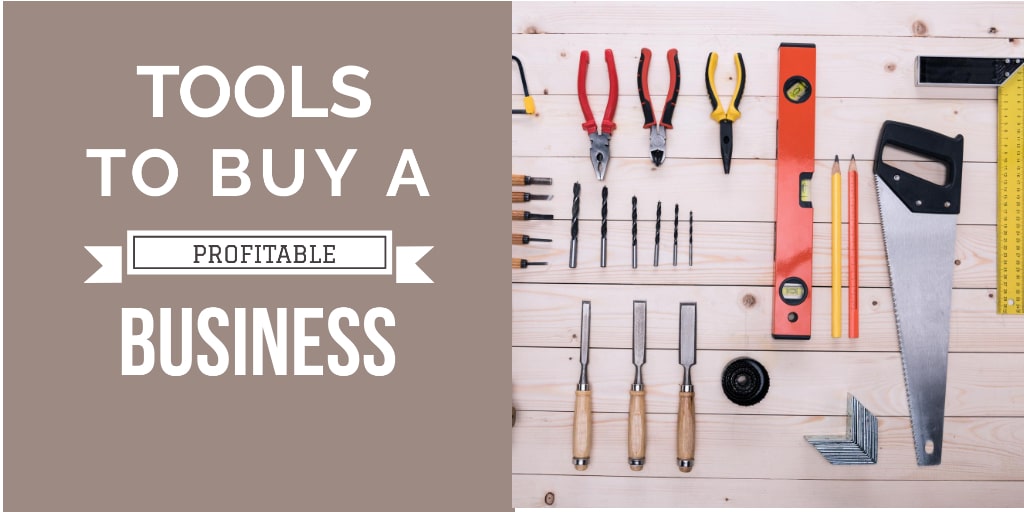
Insufficient marketing and advertising are other reasons why so many companies fail. Every company needs to have a steady stream of new customers coming in to grow and prosper. The best way to guarantee new customers is through paid advertising. It may take some testing and discovery to find the right places to advertise and the right messages, but it’s required if you want a profitable company for years to come.
It may seem too risky to own a business, but there is a way to do it while significantly reducing the risk. Buying an existing company with everything already in place has passed the most dangerous business ownership stage. A company with a history will allow you to know what it earned in the past and have systems installed to operate the business. I see far too many sophisticated people buy businesses and make critical mistakes that can be easily avoided.
It’s not hard to buy a business without money if you have the proper knowledge. You may never achieve the goal of owning your own profitable company if you don’t know the critical steps to buy a business. I have bought and sold businesses for myself and clients for the last 15 years. Every transaction I have been involved in shares the same critical components. Here are the critical components you must have for a profitable transaction:
1) Targeting
2) Funding Sources
3) Getting Offers Accepted
Creating Search Criteria
Many people do themselves a disservice by looking at all deals that might be interesting but have little chance of turning into a successful transactions. Limit your search to businesses where you have the resources and skills to get a deal done. You can buy a business with little or no money, but you must educate yourself on the process and build relationships with business owners.
Focus on businesses that you are qualified and equipped to acquire. There is a business for every level, and your next acquisition may not be as big as you would like, but start from where you are and continue acquiring and growing until you meet your ultimate goal. The criteria should include the following:
Geographic Location
Revenue
Net Profit
Employees
Industry
Funding Sources to Buy a Company
The best funding source to fund a business is seller financing, if possible. Share your credit score with the seller and an updated resume that shows that you can repay a loan from the seller. The SBA is a good funding source, but it takes a long time and requires a lot of paperwork. Lenders want assets they can use to collateralize the loan. Collateral can be used from the business that you are buying. Personal assets like real estate and other value items may also be used. Consider alternate sources like c-loans that will give you access to hundreds of lenders.
How to Get Your Offer Accepted
Making an offer is where the rubber hits the entrepreneurial road. There is a process for making an offer that takes time and patience. The offer should come in a letter of intent (LOI). Use the LOI Template provided below. Fill out the form accordingly, and we will send the LOI to the seller on your behalf as an intermediary. The LOI is non-binding and should only contain the major items like the total price and terms. Getting a mutual agreement on the LOI is the first step, but it likely does not cover all the details, and it shouldn’t.
Don’t get caught up on small details that distract from the high dollar items like terms and purchase price. You can add additional items to the LOI as an addendum. Remember that the LOI is not binding, so don’t worry if you miss something. Missed details can be included in the Purchase and Sale Agreement. Your attorney will be responsible for transforming your LOI into a Purchase and Sale Agreement and protecting you legally.
Creating a Business Plan
Business Plans are essential to reduce the risk of business failure. Many problems will reveal themselves by testing your ideas against know facts. A business plan can show that some companies should not be purchased at any price. A well-written plan will serve as an internal document to help guide future business decisions. It will also help outside lenders, investors, advisors, and other stakeholders understand the business and its future. A Business Plan is not necessarily a step-by-step or accurate forecast of what’s next in the company but a roadmap to acknowledge that it’s time for a different path or where the company is in its journey.
Free How To Buy A Business Toolkit
We offer free resources so you can buy and own a company with less risk. You will get a Letter Of Intent to start making offers, A Business Plan Template so you can plan for success, and a Closing Checklist, so you have a roadmap to get your deals closed. These resources will help you avoid the most common mistakes and help you become a successful business owner. “How to buy a company” is a skill every entrepreneur should know. The Buy A Business Toolkit will help you buy the following types of businesses: Laundromats, Manufacturing, Machine Shops, Retail Businesses, Service Businesses, Plumbing Companies, Electrical Contracting, Distribution, Automotive Repair & Retail, Boating Industry, Beauty & Personal Care, Education & Children, Entertainment & Recreation, Fitness, E-Commerce, Travel, Transportation & Storage, Travel, Communication & Media, Building & Construction Wholesale & Distributors, Gas Station, and Pet Services.
